Distributor Guide to Compliance with Government Solar Procurement Rules | Insights by Quenenglighting
Distributor Guide to Compliance with Government Solar Procurement Rules
For solar lighting distributors, tapping into the lucrative government procurement market offers significant opportunities. However, this arena is governed by stringent regulations designed to promote domestic industry and fair trade. Understanding and adhering to these rules is not just good practice—it's mandatory to avoid severe penalties and secure long-term success. This guide will walk you through the critical aspects of compliance with government solar procurement rules, equipping you with the professional knowledge needed to navigate this complex landscape.
What are the fundamental government solar procurement regulations distributors must know?
Distributors engaging with federal solar procurement must be intimately familiar with several key regulations:
- The Buy American Act (BAA): This act mandates that federal agencies prefer domestic end products. For manufactured goods, this means the product must be manufactured in the U.S. and the cost of its components mined, produced, or manufactured in the U.S. must exceed a certain percentage. Currently, this threshold is 55%, increasing to 65% for products delivered in calendar years 2024 through 2028, and further to 75% for products delivered in 2029 and beyond.
- The Trade Agreements Act (TAA): The TAA applies to federal acquisitions above specific dollar thresholds (currently $192,000 for supplies for FY2024-2025). It requires products to be “U.S.-made or designated country end products.” A “designated country” includes countries with which the U.S. has a free trade agreement (e.g., Mexico, Canada, Australia) or other trade agreements (e.g., WTO Government Procurement Agreement members). Notably, products from non-designated countries like China are typically not TAA compliant.
- The Inflation Reduction Act (IRA): While primarily known for tax credits, the IRA significantly impacts solar procurement by offering substantial incentives for domestic content. Specifically, projects meeting BAA domestic content requirements can qualify for an additional 10% bonus for the Investment Tax Credit (ITC), making domestically sourced solar products more attractive. The IRA also introduces the 45X Advanced Manufacturing Production Credit, incentivizing the domestic production of solar components like modules, cells, wafers, and inverters.
How do the Buy American Act (BAA) and Trade Agreements Act (TAA) differ, and which applies?
The BAA and TAA are often confused but operate differently, and their applicability depends on the specific contract. The key distinctions are:
- Scope of Origin: BAA generally focuses on U.S. domestic content and manufacturing. TAA is broader, allowing products from the U.S. or any of the designated countries.
- Dollar Thresholds: The BAA applies to most federal procurements. The TAA, however, only applies to acquisitions exceeding specific dollar thresholds, which are adjusted biennially. For many larger federal contracts, including those on GSA Schedules, the TAA provisions often supersede the BAA's domestic preferences.
- Interplay: If an acquisition is covered by a trade agreement (i.e., above the TAA threshold), then the TAA applies, and BAA requirements are generally waived. If the acquisition is below the TAA threshold or not covered by a trade agreement, then the BAA applies. Distributors must determine which rule applies to each specific bid or contract.
What documentation and verification are required to prove solar product compliance?
Proving compliance requires meticulous documentation and due diligence:
- Certificates of Origin (COOs): Manufacturers must provide COOs for their products and, ideally, for major components, clearly stating the country where the goods were manufactured or substantially transformed.
- Detailed Bills of Material (BOMs): For BAA compliance, distributors often need a detailed BOM that lists all significant components and their countries of origin, along with their costs, to demonstrate the domestic content percentage.
- Manufacturer Attestations: Suppliers should provide formal written attestations confirming that their products meet BAA or TAA requirements.
- Supply Chain Transparency: Distributors are increasingly expected to have visibility into their entire supply chain, sometimes requiring third-party audits or factory visits to verify manufacturing locations and component sourcing.
- GSA Schedule Records: For products offered via GSA Schedules, all listed items must be TAA compliant, and vendors must maintain records to support this.
How does the Inflation Reduction Act (IRA) impact solar product compliance and opportunities for distributors?
The IRA creates significant new opportunities and considerations:
- Domestic Content Bonus ITC: For solar energy projects, meeting the IRA's domestic content requirements can add a 10% bonus to the Investment Tax Credit (ITC), making projects with compliant products significantly more financially attractive. This requires all steel or iron used in the project to be domestically produced, and a minimum percentage of manufactured products (e.g., modules, inverters) to be U.S.-made (meeting BAA thresholds).
- Advanced Manufacturing Production Credit (45X): This credit incentivizes domestic manufacturing of solar components. As more manufacturers build facilities in the U.S. to take advantage of 45X, distributors will have a wider selection of genuinely U.S.-made and BAA/TAA compliant products. This streamlines compliance for distributors and offers new selling points.
- Strategic Sourcing: Distributors can strategically partner with manufacturers investing in U.S. production, allowing them to offer solutions that maximize federal incentives and ensure compliance for government projects.
What are the risks of non-compliance for solar distributors in government procurement?
The consequences of non-compliance can be severe and far-reaching:
- Contract Termination: Government agencies can terminate contracts for default if products fail to meet compliance requirements.
- Financial Penalties: Distributors can face significant fines, including recoupment of payments, liquidated damages, or even treble damages under the False Claims Act if false certifications were made.
- Debarment: Non-compliant companies can be debarred from future government contracting for a specified period, effectively ending their ability to do business with the federal government.
- Reputational Damage: Incidents of non-compliance can severely damage a distributor's reputation, impacting private sector business as well.
- Legal Costs: Investigating and defending against non-compliance claims can incur substantial legal fees.
What best practices can solar distributors adopt to ensure ongoing compliance?
Proactive measures are essential for sustained compliance:
- Establish a Robust Compliance Program: Develop clear internal policies and procedures for verifying product origin and compliance.
- Rigorous Supplier Vetting: Qualify suppliers based on their ability to meet BAA/TAA requirements. Include compliance clauses in supplier contracts, requiring attestations and audit rights.
- Maintain Detailed Records: Keep meticulous records of all COOs, BOMs, manufacturer attestations, and any other documentation supporting compliance claims for an extended period (typically 3-5 years post-contract).
- Regular Training: Educate sales, procurement, and legal teams on the latest BAA, TAA, and IRA requirements and their implications. Regulations change, so ongoing training is vital.
- Stay Informed: Regularly monitor updates from the Federal Acquisition Regulation (FAR), GSA, and other relevant government bodies regarding changes to thresholds, percentages, and interpretations.
- Seek Expert Advice: When in doubt, consult with legal counsel specializing in government contracts and trade compliance to ensure your practices are sound.
Quenenglighting: Your Partner in Compliant Solar Lighting Solutions
Navigating the intricate world of government solar procurement compliance demands expertise and reliable partnerships. Quenenglighting stands as a trusted provider of high-quality, professional solar lighting solutions, committed to supporting distributors in meeting federal compliance requirements. We understand the nuances of the Buy American Act and the Trade Agreements Act, and we continuously work to ensure our product offerings align with these standards where specified for government projects. Our dedication to transparent supply chains, quality manufacturing, and deep industry knowledge empowers our distributors to confidently bid on government contracts. Partner with Quenenglighting to access compliant products, reduce your risk, and expand your footprint in the federal solar lighting market with confidence and integrity.

Have more questions about our products or services?
The latest hot news you might like

Discover how solar panels power street lights, exploring the technology behind solar energy conversion, storage systems, and how solar-powered street lights are revolutionizing urban and rural lighting solutions.

Learn how AC Solar Hybrid Street Lights work, their advantages, disadvantages, system behavior in low-sunlight conditions, and why hybrid technology is ideal for regions with unstable sunlight.

Municipalities around the world are increasingly adopting solar-powered streetlights as part of their urban development strategies. Rising energy costs, the need for sustainable infrastructure, and government green initiatives are driving cities to switch from traditional street lighting to advanced LED solar streetlights.
Queneng Lighting provides municipalities with cost-effective, energy-efficient, and durable solar lighting solutions, ensuring safe and sustainable public spaces.

In recent years, the purchase of solar streetlights for municipalities has become a growing trend across the globe. Local governments are under pressure to reduce public expenditure, promote green energy, and create safer communities. Solar streetlights provide a reliable, cost-effective, and sustainable solution that meets these needs. Queneng Lighting, as a leading solar street lighting manufacturer, has supported multiple municipal projects worldwide with customized and energy-efficient solutions.
FAQ
Distributors
What are the benefits of becoming a Queneng distributor?
As a Queneng distributor, you will gain access to high-quality, customizable solar lighting products, competitive pricing, marketing support, and exclusive distribution rights in some regions. We provide comprehensive training, technical support, and reliable logistics to help grow your business.
Solar Street Light Luhui
Do Luhui solar street lights have a battery backup for cloudy days?
Yes, each Luhui solar street light includes a rechargeable battery that stores solar energy during the day to power the light at night, ensuring continuous operation even on c
Industry
How is maintenance performed on Queneng’s solar systems?
Our systems are designed for low maintenance, typically only requiring periodic inspections and cleaning. We also offer remote monitoring and technical support to ensure long-term reliability.
APMS system
Does the APMS system require regular maintenance?
Yes, regular inspections and maintenance are recommended to ensure optimal operation. QUENENG offers remote technical support and maintenance services to help clients maintain system performance.
Commercial and Industrial Parks
How does solar lighting work in industrial parks?
Solar lights use photovoltaic panels to convert sunlight into electricity, stored in batteries, to power LED lamps at night.
Battery Types and Applications
What is a nanobattery?
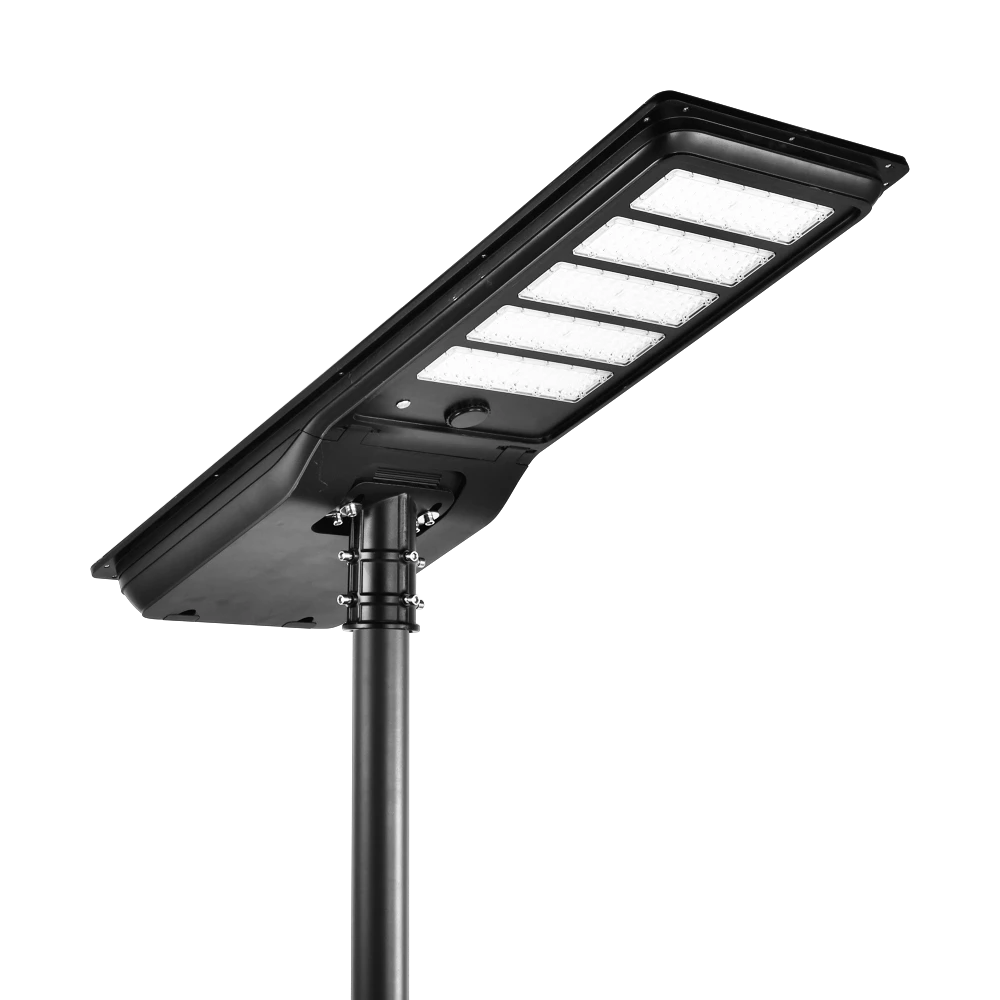
High-efficiency all-in-one solar street light with a monocrystalline solar panel and LiFePO₄ battery. Delivers brighter illumination, wider outdoor coverage, and safer lighting performance for streets and public areas.

Queneng's Luqiu Innovative Solar Street Light offers energy-saving, durable outdoor lighting. This solar power street light provides a reliable and eco-friendly solution for illuminating your streets and pathways.
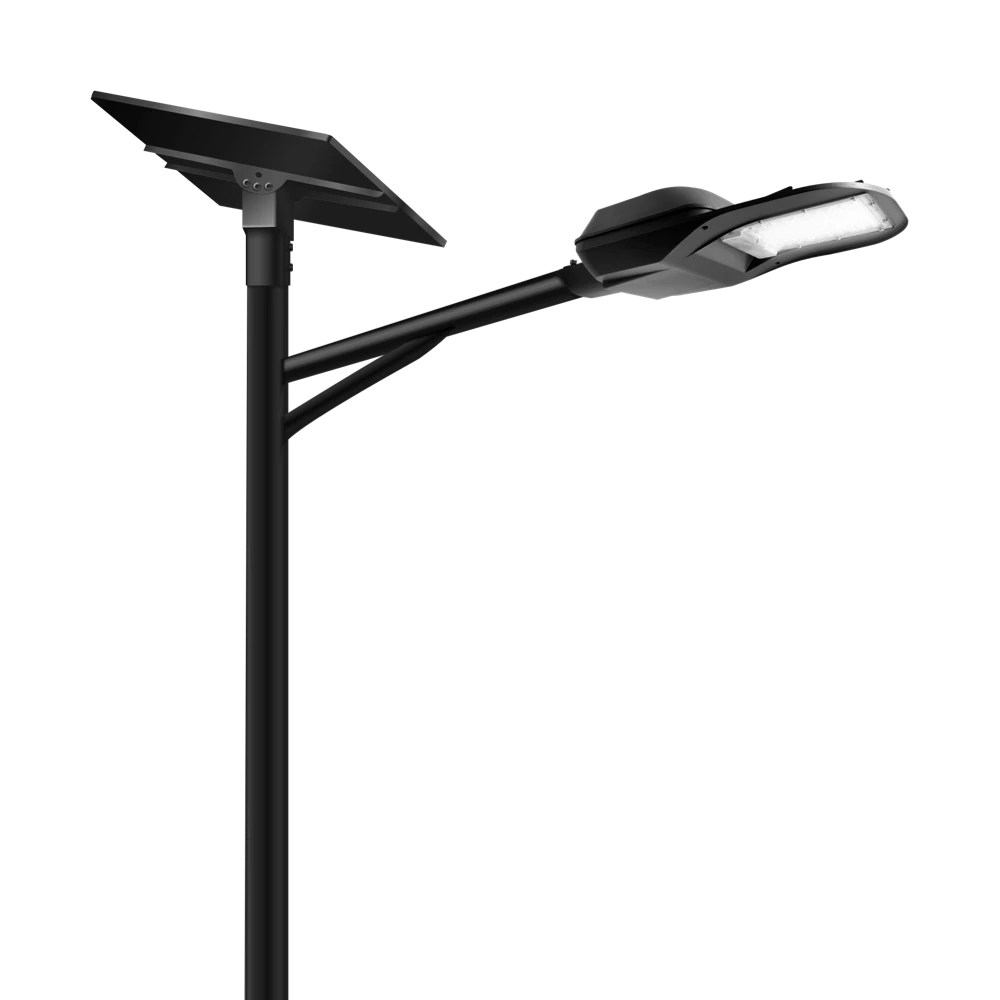
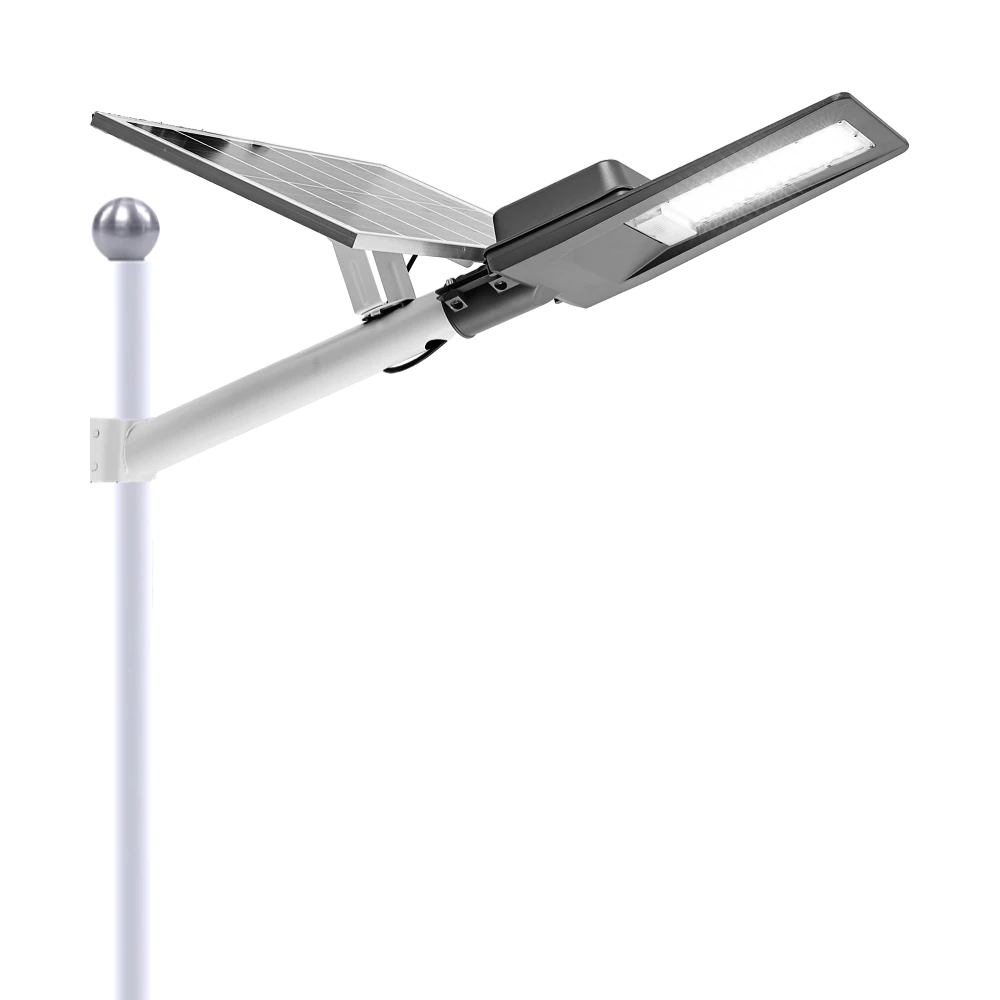
Experience reliable outdoor illumination with our smart solar street light, a perfect combination of advanced technology and eco-conscious design.
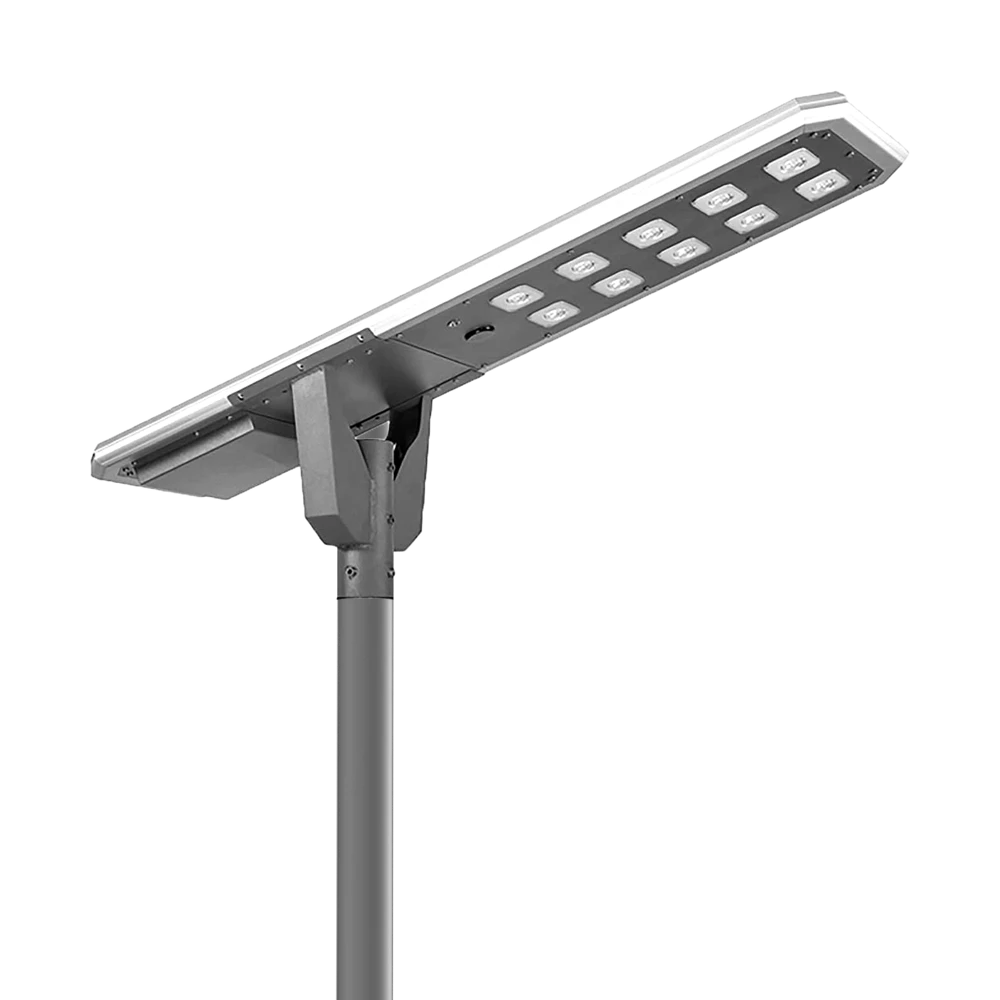
Illuminate your outdoor spaces with the Solar Street Light, a cutting-edge solution combining advanced solar technology and energy-saving LED lighting.
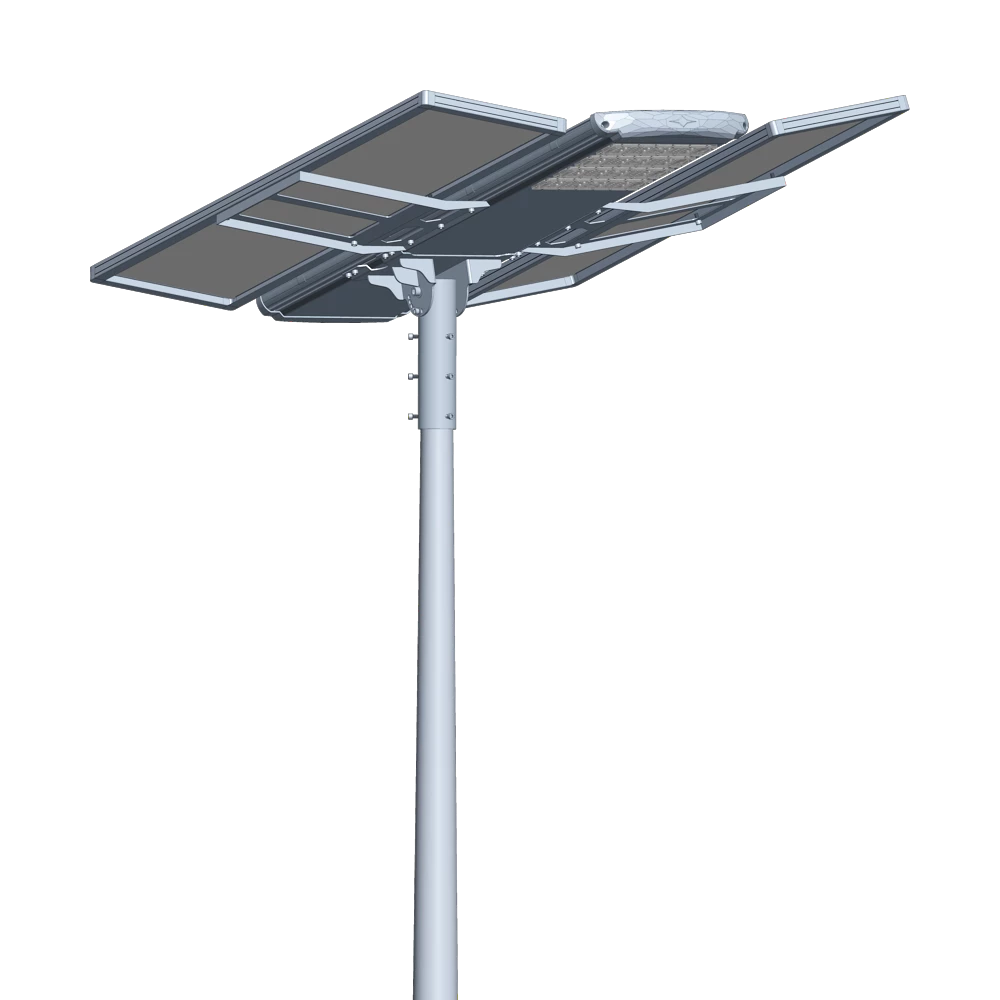
Introducing the Luqing Solar Street Light by Queneng, Efficient LED lighting powered by solar energy is perfect for illuminating outdoor areas. Harness the power of solar energy for sustainable, reliable street lighting. Ideal for eco-friendly, cost-effective outdoor illumination solutions.
If you would like more information about Queneng solar lighting solutions, please send us a message by filling out the form below. Our professional team will get back to you within 24 hours!
Rest assured that your privacy is important to us, and all information provided will be handled with the utmost confidentiality.
Schedule a Meeting

Book a date and time that is convenient for you and conduct the session in advance.
Have more questions about our products or services?





















